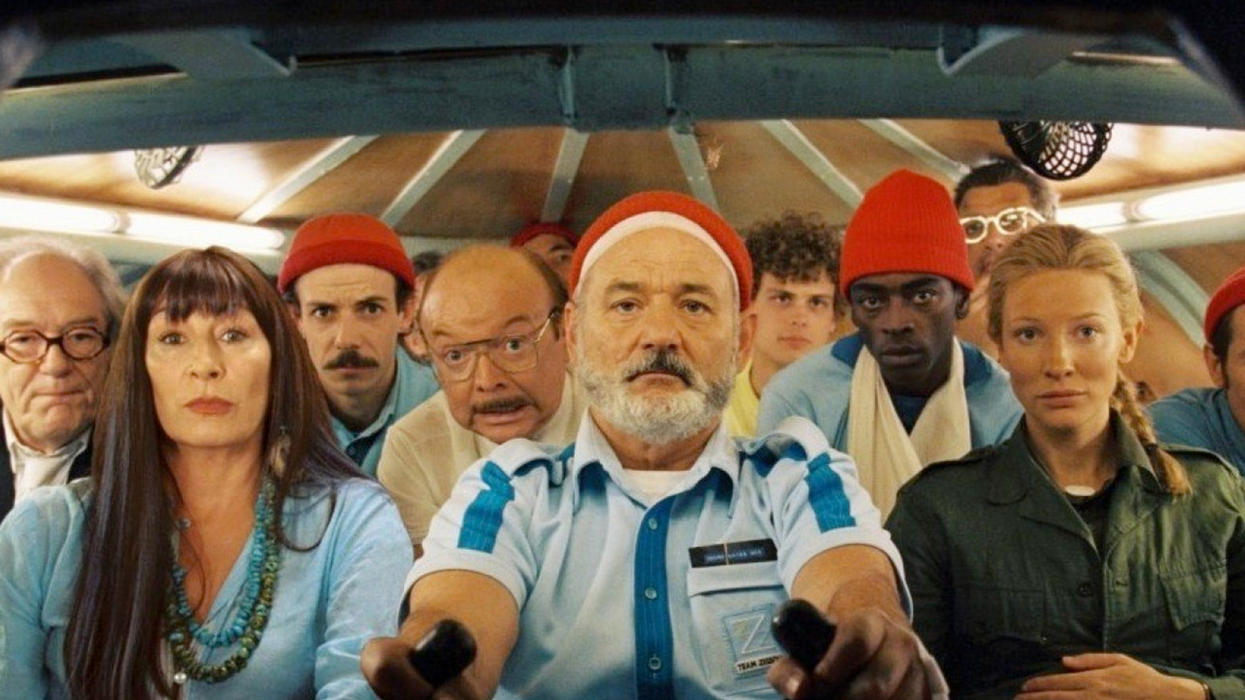Realism is favored everywhere in today's film world. Even as we march headfirst into an endless parade of comic book movies and sci-fi spinoffs, the popular choice somehow remains to leave the shooting style grounded in reality.
To help us better understand why that is the case, and how it may affect the ambition of filmmakers, Patrick H. Willems put together a video essay steeped in film theory. And while it may not be the sexiest subject, what he has to say is incredibly important to understand before crafting the world of your film.
The first thing we need to define is what is meant by the term "realism." Andre Bazin, who was a world renowned film theorist, was the first to coin the term. He argued that the goal of cinema is to represent the real world with the greatest commitment to realism. In terms of filmmaking strategies, this meant the use of objective wide shots and long takes with the camera at eye level, and limited editing.
Essentially, Bazin thought films should be shot in a way that would make audiences feel as if they were actually there observing the events. In this sense, the most extreme example would be essentially static shots of real-life actions.
In contrast, Siegfried Karacauer introduced a new filmmaking tendency to the world which he dubbed “formalism.” Formalist films can be described as highly stylized stories with elaborate sets, costumes and special effects with no interest in imitating reality.

These became the two main tendencies of cinema, and today, play the part of polar opposites of each other on the filmmaking spectrum. Right in the middle of that spectrum is a style of filmmaking that is used by the majority of today’s artists: classicism.
Classicism mixes together elements of both realism and formalism. Namely, it takes the production aspects of formalism and puts them in the service of a story with realist values. Even with the technological firepower that VFX artists bring to the table these days, filmmakers tend to shy away from absurd and fantastical worlds. Many of them have an overarching objective of wanting their film to seem real.
As such, classicism has been moving steadily towards the realism end of the spectrum, because, let’s face it, movies grounded in reality are easier for audiences, marketers, and studios to understand. Playing around with formalist elements in an uncommitted or unconfident manner could lead to a complete bust.

When formalist elements clash with realist elements instead of working with them, that is when audiences get completely lost. And for good reason. Form should follow function. Which leads us to another key term: verisimilitude.
Willems describes this as a movie’s "inner truth.” Now, this is key: a movie doesn’t have to adhere to actual reality, but it must embrace its own concept of reality.
As a director, you’re obliged to show your audience how the reality of your film functions and the rules by which it operates. “What matters,” Willems points out, “is maintaining verisimilitude and sticking to its own rules.” Artificial moments, or moments that seem obviously outside the world of the film you’ve created, take the audience completely out of the movie.
“What matters is maintaining verisimilitude and sticking to its own rules.”
It's a risky play for production companies, but when it works, it works. Some of the most interesting projects to have surfaced in recent years break the mold of realism and stray further towards formalism. La La Land won major awards this year and Wes Anderson has actually moved further down the spectrum towards formalism with each movie he’s made.
Willems believes that people prefer realism for the same reason they like sequels: “It’s familiar, they understand it.” In order for filmmaking to evolve, however, Willems argues we need to be “moving in new directions and embrace formalism.”
Source: Patrick H. Willems
















